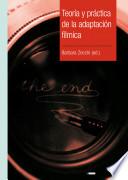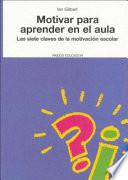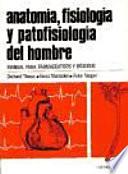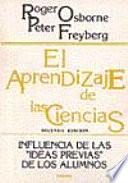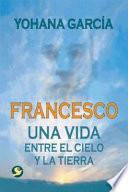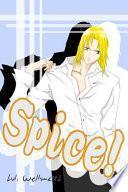La Ciencia De Leonardo
Resumen del Libro
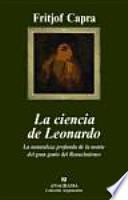
Leonardo da Vincis pioneering scientific work was virtually unknown during his lifetime. Now it is revealed that Leonardo was in many ways the unacknowledged father of modern science. Drawing on an examination of over 6,000 pages of Leonardos surviving notebooks, the author explains that Leonardo approached scientific knowledge with the eyes of an artist. Through his studies of living and nonliving forms, from architecture and human anatomy to the turbulence of water and the growth patterns of grasses, he pioneered the empirical, systematic approach to the observation of nature, what is now known as the scientific method. His scientific explorations were extraordinarily wide-ranging. He studied the flight patterns of birds to create some of the first human flying machines. Using his understanding of weights and levers and trajectories and forces, he designed military weapons and defenses, and was in fact regarded as one of the foremost military engineers of his era. He studied optics, the nature of light, and the workings of the human heart and circulatory system. Because of his vast knowledge of hydraulics, he was hired to create designs for rebuilding the infrastructure of Milan and the plain of Lombardy, employing the very principles still used by city planners today. He was a mechanical genius, and yet his worldview was not mechanistic but organic and ecological. This is why, in the authors view, Leonardos science, centuries ahead of his time in a host of fields, is eminently relevant to our time.

